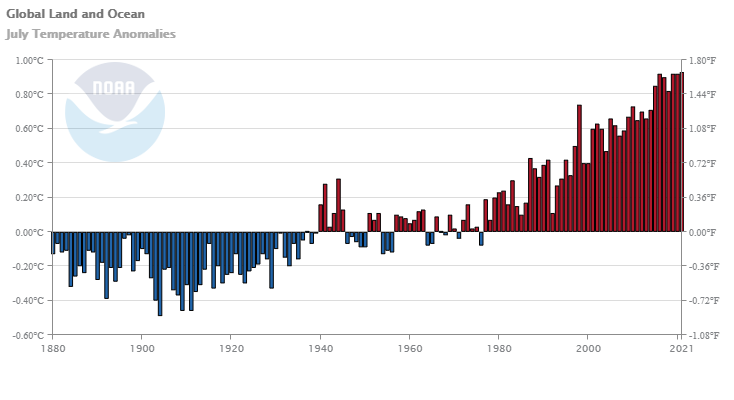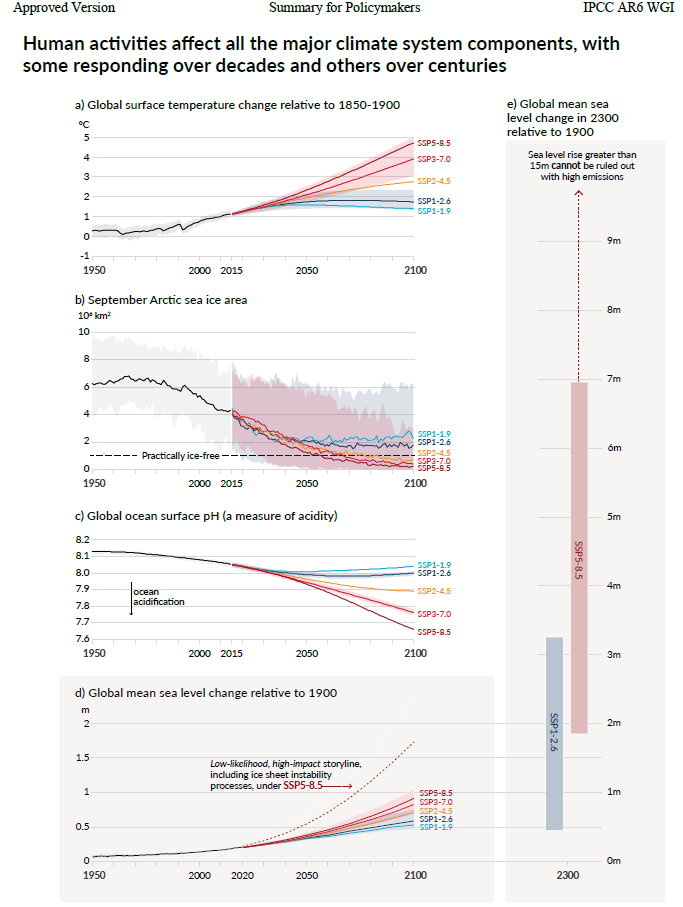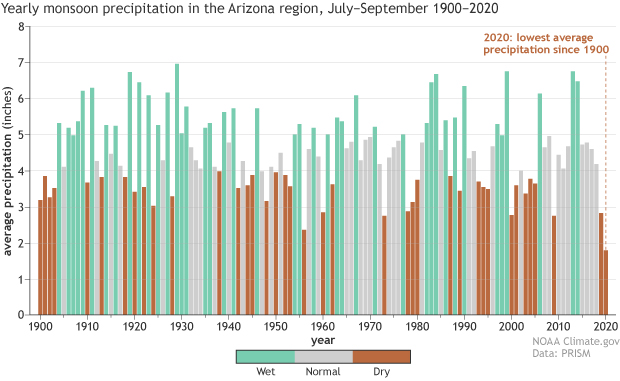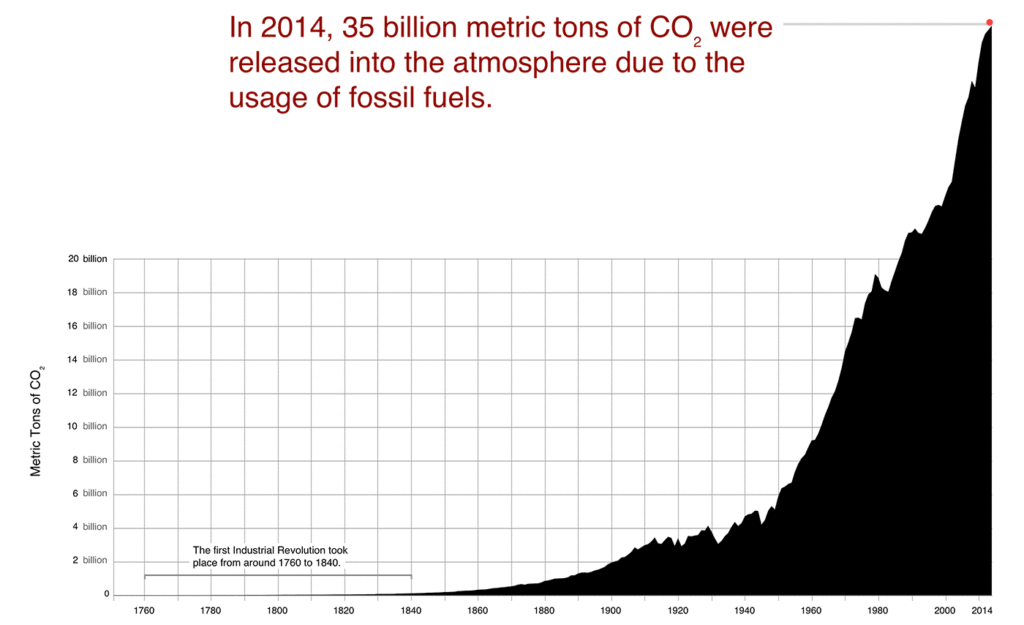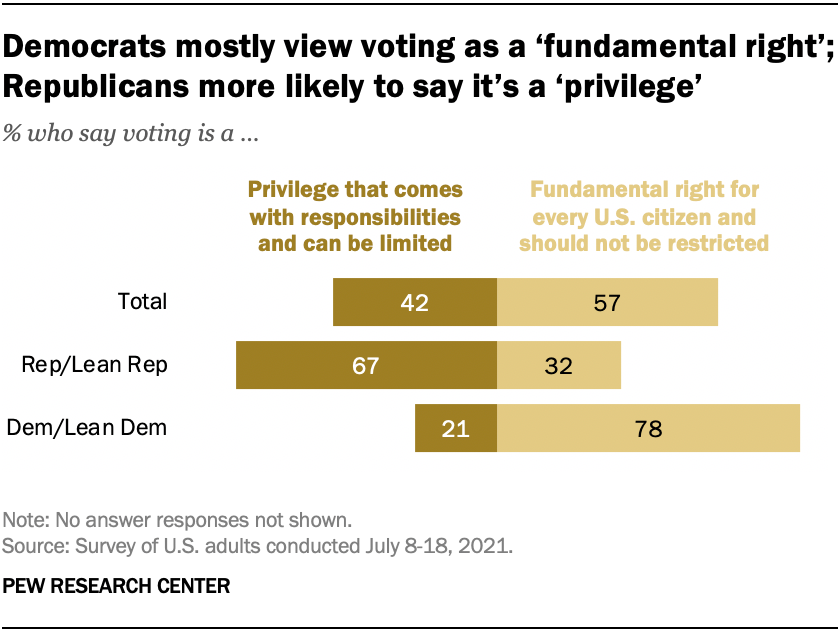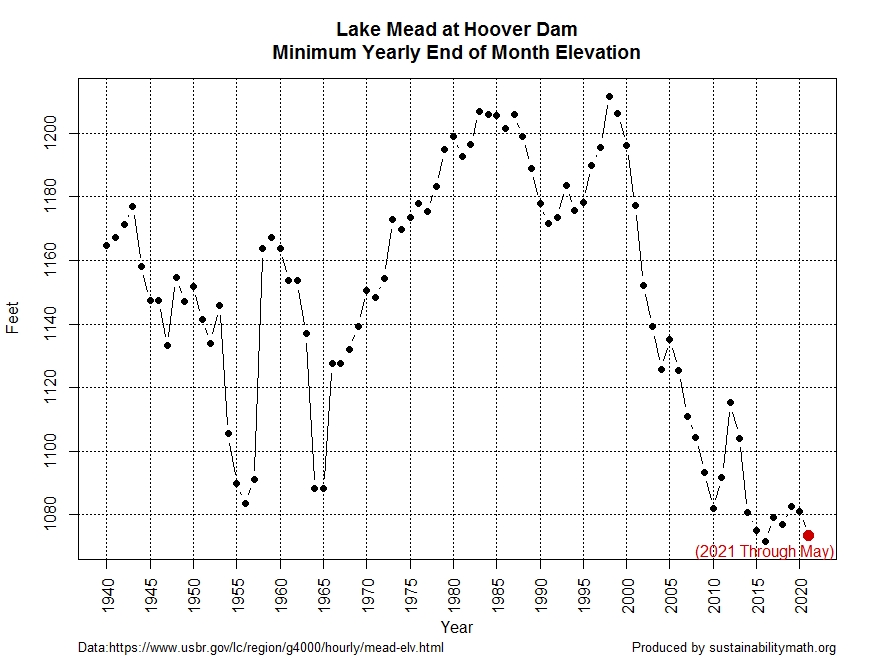The eia article U.S. natural gas net trade is growing as annual LNG exports exceed pipeline exports by Kristen Tsai (8/16/2021) has the chart here that answers the question.
In our August 2021 Short-Term Energy Outlook (STEO), we forecast that U.S. natural gas exports will exceed natural gas imports by an average of 11.0 billion cubic feet per day (Bcf/d) in 2021, or almost 50% more than the 2020 average of 7.5 Bcf/d. Increases in liquefied natural gas (LNG) exports and in pipeline exports to Mexico are driving this growth in U.S. natural gas exports. For the first time since U.S. LNG exports from the Lower 48 states began in 2016, annual LNG exports are expected to outpace pipeline exports—by an estimated 0.6 Bcf/d—this year.
We roughly export 10-15 billion cubic feet per day of natural gas. Is this a good idea from a sustainability perspective or national security perspective?
eia has links to their data.
